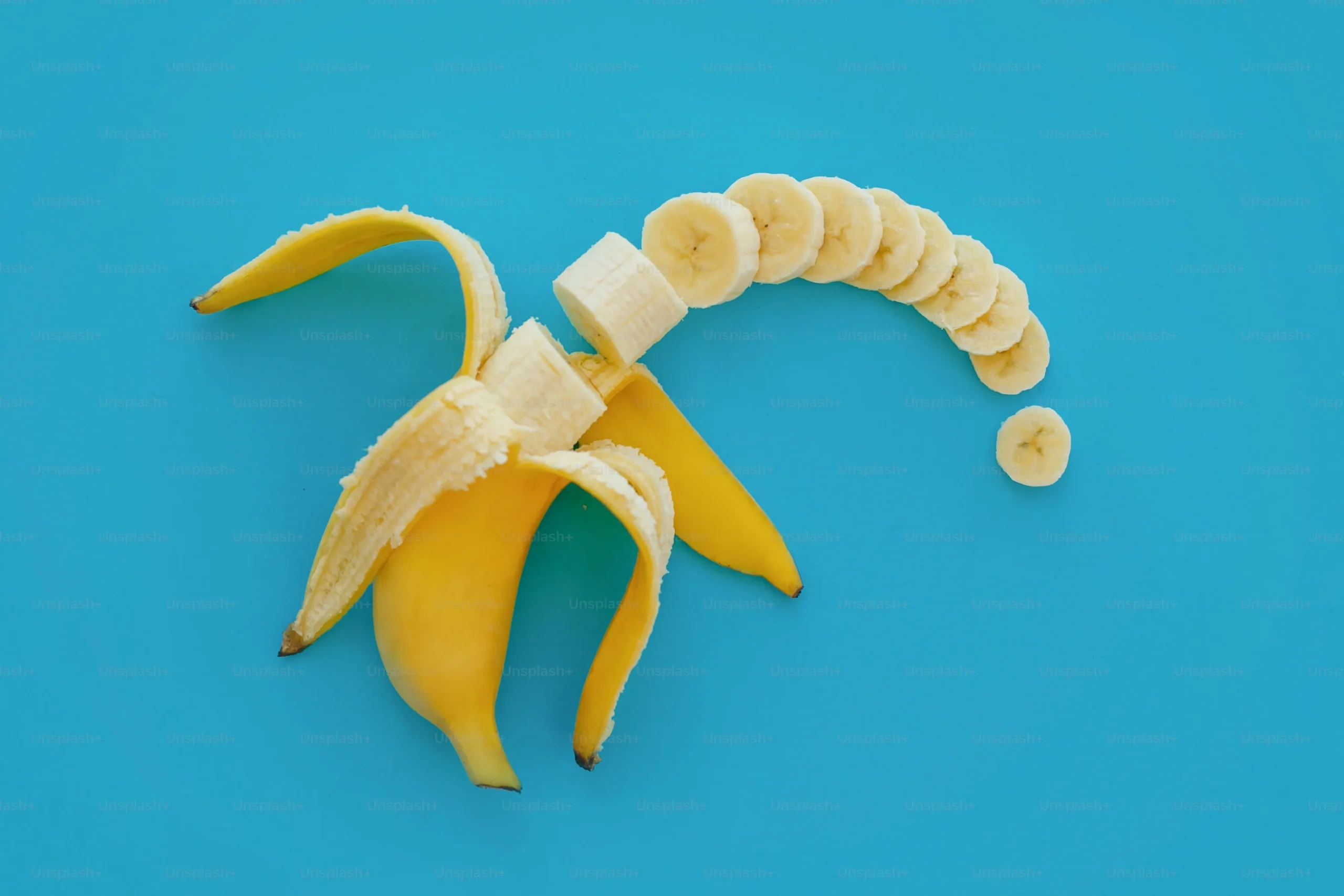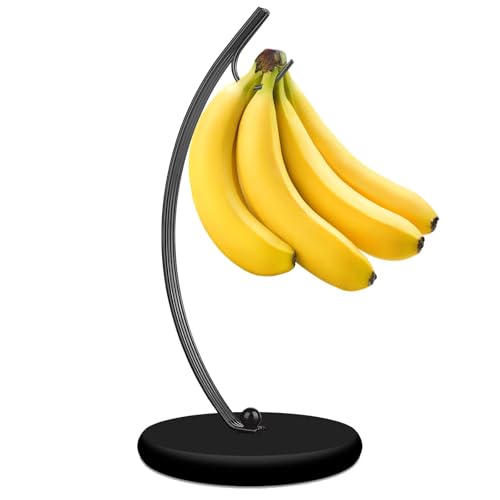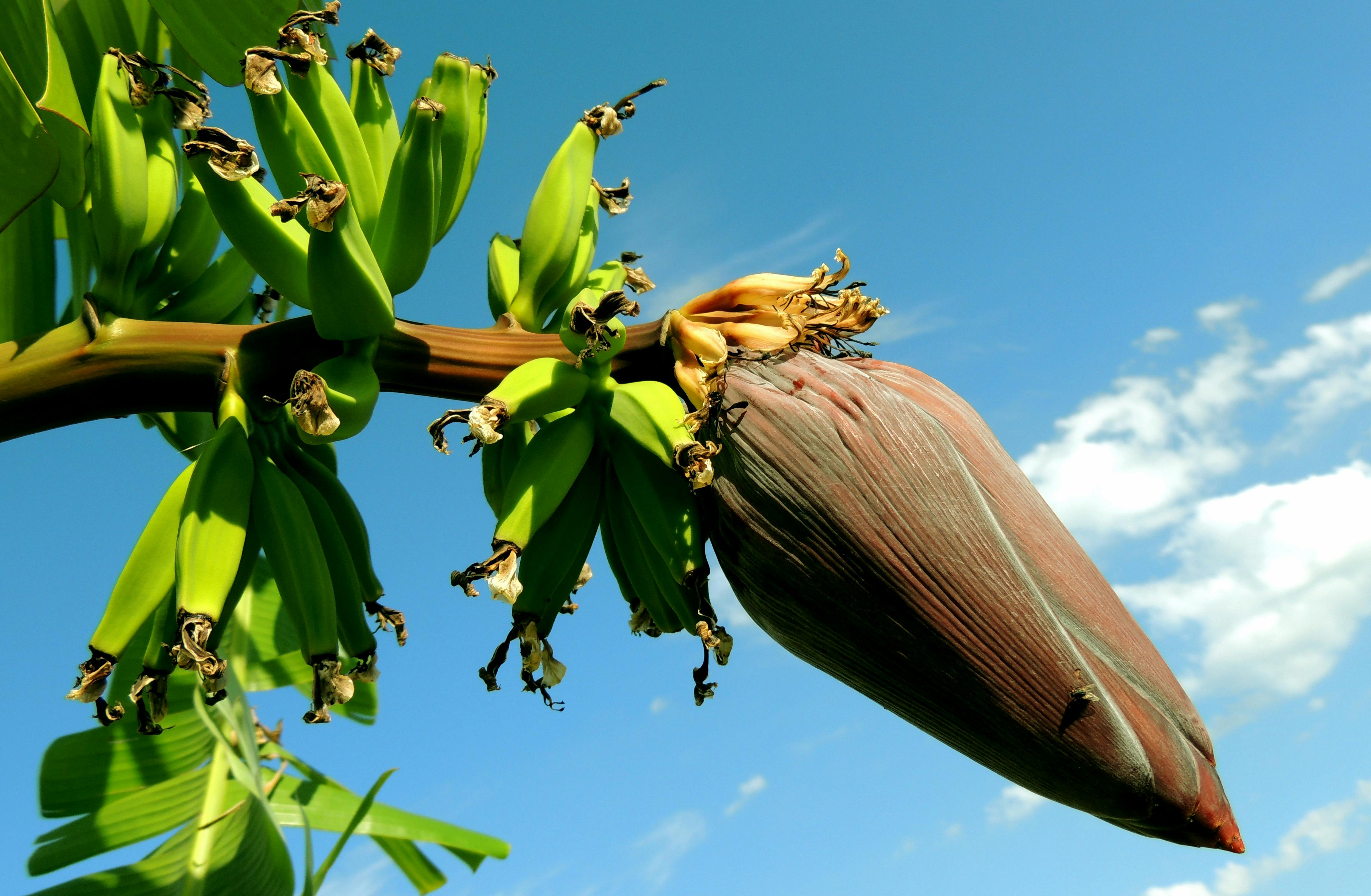Exploring the Future of Bananas: Alternatives to the Endangered Cavendish Banana
Bananas are one of the most beloved and widely-consumed fruits in the world, and the Cavendish banana, in particular, has been a favorite for decades. But did you know that the Cavendish banana is in danger of extinction due to a devastating fungus? In this article, we’ll explore the risks associated with relying solely on the Cavendish banana, and take a look at some of the alternative banana varieties that could replace it.

We’ll examine the benefits and drawbacks of each option, and provide you with all the information you need to make an informed decision about the banana varieties you choose to consume. So, if you’re interested in learning more about the future of bananas, keep reading!
What is a Cavendish banana, and why is it so popular?
The Cavendish banana has become one of the most popular varieties of bananas in the world. This sweet and creamy fruit is loved by many for its delicious taste and versatility in cooking. However, not many people know about its origins or why it has become so widespread.

The Cavendish banana is a type of dessert banana that was first cultivated in the 1950s as a replacement for the Gros Michel variety that had been decimated by Panama disease. It was named after William Cavendish, the 6th Duke of Devonshire, who was an avid horticulturist and patron of botany.
One reason why this banana has become so popular is because it is resistant to Panama disease, which devastated plantations around the world in the early 20th century. Additionally, it has a longer shelf life than other varieties and can withstand long-distance transportation without bruising or spoiling.
However, despite its popularity, there are concerns about over-reliance on this single variety. The monoculture cultivation method used to grow Cavendish bananas makes them vulnerable to new diseases or pests that could potentially wipe out entire crops.
As such, there have been efforts to promote alternative varieties such as Red Dacca and Lady Finger bananas as well as more sustainable farming practices like agroforestry. By diversifying banana cultivation methods and promoting genetic diversity within plantations we can help ensure that we don’t put all our eggs (or bananas) in one basket.
Ultimately, while the Cavendish banana may be beloved by many consumers worldwide for its sweet taste and convenience ,it’s important to recognize both its strengths and limitations when it comes to sustainability
The risks associated with relying solely on the Cavendish banana are numerous.
The Cavendish banana, while popular and widely consumed around the world, is facing some serious risks due to its lack of genetic diversity. The monoculture of this banana variety has made it vulnerable to diseases and pests that could potentially wipe out entire plantations.
This risk has become even more pressing with the emergence of Panama disease, a fungal infection that is spreading rapidly across various regions where Cavendish bananas are grown. This disease has already caused significant damage in Southeast Asia and parts of Africa, leading some experts to predict that the Cavendish banana may not survive for much longer.
However, there are alternative varieties of bananas that could be cultivated as substitutes for the Cavendish. These include the Gros Michel banana, which was once a popular commercial variety until it was devastated by Panama disease in the 1950s. Other varieties include Lady Finger bananas and Red bananas.
While these alternatives may not be as widely recognized or favored by consumers as the Cavendish banana, they offer greater genetic diversity and resistance to diseases. It’s important for people to learn about these options so that they can make informed choices about their consumption habits.
In conclusion, relying solely on the Cavendish banana poses great risks for our global food supply chain. It’s time to explore other options and embrace greater genetic diversity in our agricultural practices before it’s too late.
Alternative varieties of bananas that could replace Cavendish bananas.

The Cavendish banana has been the dominant variety of banana in the market for decades, but recent concerns about its susceptibility to disease have led researchers to explore alternative banana varieties that could replace it.
One such variety is the Gros Michel, which was once a popular choice until it was almost completely wiped out by the Panama disease. However, there are efforts underway to reintroduce this cultivar and make it commercially viable.
Another option is the Lady Finger banana, also known as the Sugar Banana. This variety is smaller than the Cavendish and has a sweeter taste with a creamy texture. It’s commonly grown in Asia and Africa but has yet to gain popularity in Western markets.
The Blue Java or Ice Cream banana is another alternative that’s gaining attention for its unique flavor and texture. It’s larger than most bananas with a blue-green color when unripe and white flesh when ripe. Its texture resembles ice cream or custard, hence its name.
Lastly, there’s also interest in wild bananas found in regions like Papua New Guinea that have not been widely cultivated or commercialized yet. These wild varieties offer genetic diversity that could lead to more resilient crops in the face of disease outbreaks.
While these alternatives may never fully replace the Cavendish due to consumer preference and logistics of large-scale production, they offer promising options for diversifying our banana supply chain and mitigating risks associated with monoculture farming practices.

The benefits and drawbacks of each alternative option are.
« banana tree pros and cons
The Truth About Bananas: Are Some Varieties Poisonous? »
The Cavendish banana has long been the go-to choice for many banana lovers, but recent concerns about its vulnerability to disease have led to the exploration of alternative options. While these alternatives may offer some benefits, they also come with their own set of drawbacks.
One popular alternative is the Gros Michel banana, which was once widely cultivated before being largely replaced by the Cavendish. The Gros Michel has a sweeter and creamier flavor than the Cavendish, but it is also more susceptible to disease and has a shorter shelf life.
Another option is the Lady Finger banana, which is smaller and sweeter than the Cavendish. However, it can be difficult to find in some areas and may not be as widely available as other varieties.
A newer alternative on the market is the Goldfinger banana. This variety boasts a thicker skin that makes it less susceptible to pests and diseases while also having a similar taste profile to traditional bananas. However, it can be more expensive due to its limited availability.
Overall, while there are certainly benefits and drawbacks associated with each alternative option, it ultimately comes down to personal preference. Those looking for a sweeter flavor may prefer options like the Gros Michel or Lady Finger bananas, while those concerned about disease susceptibility may opt for newer varieties like Goldfinger. Regardless of which variety you choose, one thing remains certain – bananas will continue to remain a beloved fruit for years to come!
Check out our other articles to find out even more about banana.
In conclusion, the Cavendish banana is a popular choice for many but has potential risks associated with its singular reliance. By exploring other options available to you such as alternative banana varieties, you can better understand what’s best for your situation. We hope that this article has provided an insight into why it is important to consider different alternatives when selecting bananas and we invite you to check out our other articles to find out even more about them!















